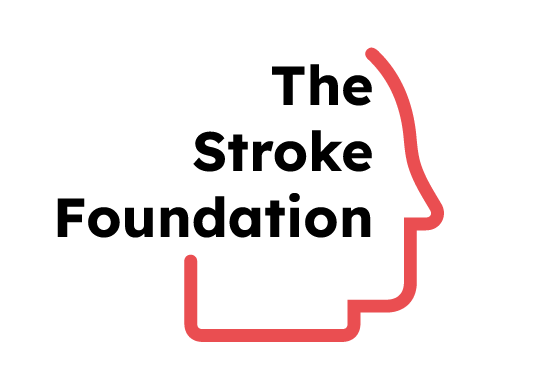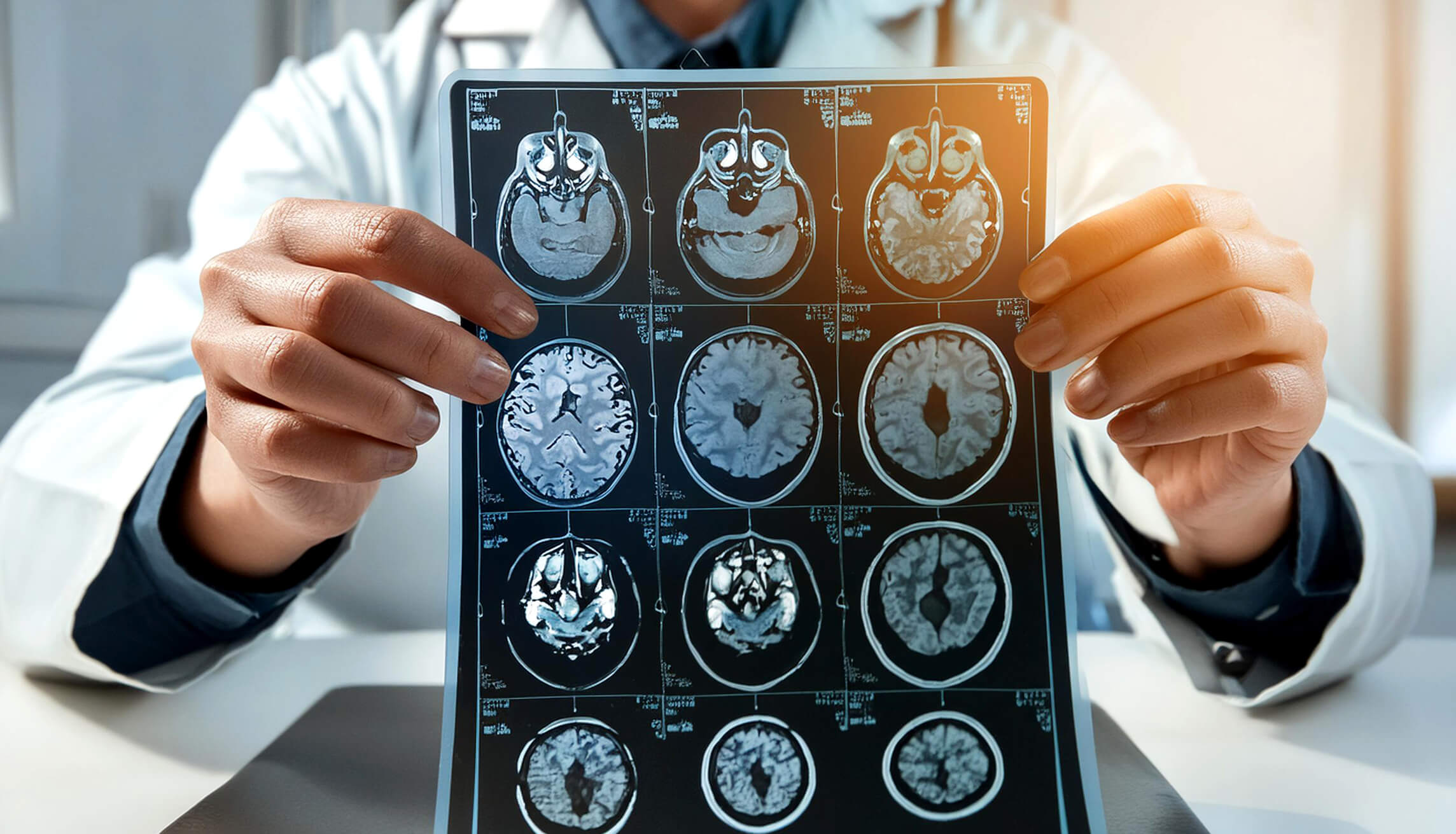Ischemic Stroke
Ischemic stroke is the most common type, accounting for about 87% of all strokes. It occurs when a blood clot or other blockage cuts off blood flow to a part of the brain, depriving brain tissue of oxygen. Without oxygen, brain cells begin to die within minutes — which is why it's critical to act F.A.S.T. when symptoms appear.
There are two main types of ischemic stroke:
- Thrombotic stroke: A blood clot forms in an artery within the brain, typically due to plaque buildup (atherosclerosis).
- Embolic stroke: A clot forms elsewhere in the body — often in the heart — and travels through the bloodstream to the brain, blocking a blood vessel.
TIA (Transient Ischemic Attack)
Also known as a "mini-stroke", a TIA occurs when blood flow to the brain is briefly blocked — usually for a few minutes. Although symptoms may disappear quickly, a TIA is a serious warning sign of a future stroke.
- Don’t ignore it. Call 911 even if the symptoms go away — quick medical attention could prevent a more serious stroke.
- Lifestyle changes and medications can significantly reduce the risk of having a full stroke after a TIA.
Hemorrhagic Stroke
Hemorrhagic strokes occur when a blood vessel in the brain ruptures, spilling blood into or around the brain. This sudden bleeding puts pressure on brain tissue, causing damage.
There are two main types:
- Intracerebral hemorrhage: Bleeding occurs directly into the brain tissue.
- Subarachnoid hemorrhage: Bleeding occurs in the space between the brain and the thin tissues covering the brain, often due to a ruptured aneurysm.
The most common cause of hemorrhagic stroke is high blood pressure, but it can also result from trauma, blood-thinning medications, or abnormalities in blood vessels like aneurysms or arteriovenous malformations (AVMs).
Other Less Common Types of Stroke
- Cryptogenic Stroke: This is a stroke with no known cause, even after thorough testing. It may involve hidden blood clots, irregular heart rhythms (like atrial fibrillation), or other undetected risk factors.
- Brain Stem Stroke: This occurs in the brain stem — the area that controls vital functions like breathing, heartbeat, and eye movement. Brain stem strokes can affect both sides of the body and may cause locked-in syndrome in severe cases.
- Silent Stroke: A stroke that doesn't cause noticeable symptoms at the time but still damages brain tissue. These strokes often show up on brain scans and may lead to memory issues, confusion, or cognitive decline later on.
Why This Matters
Each type of stroke requires different treatments, and getting the right diagnosis quickly can make all the difference. Whether it’s dissolving a clot or relieving pressure from bleeding in the brain, time lost is brain lost — so never delay getting help.
If you or someone around you is showing any signs of stroke, call 911 immediately. You can save a life.


%20(2)%20(1).png)


%202.png)
